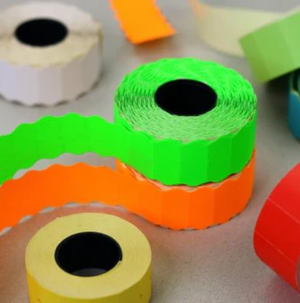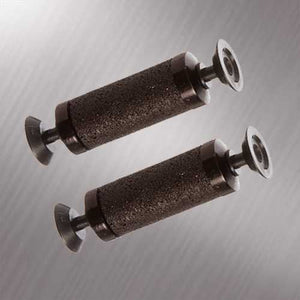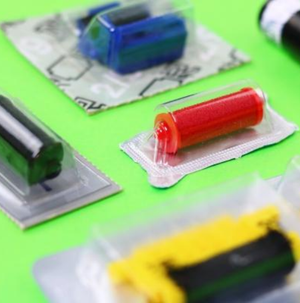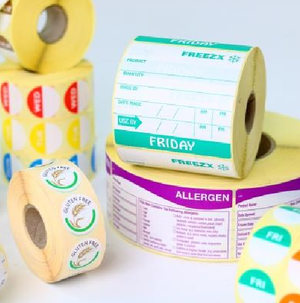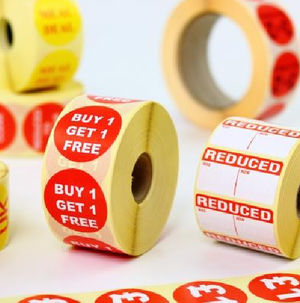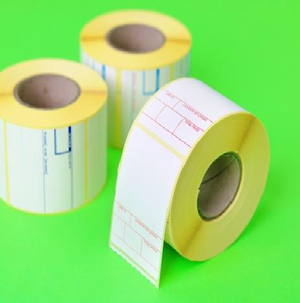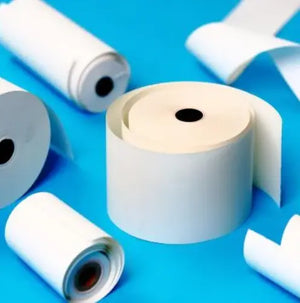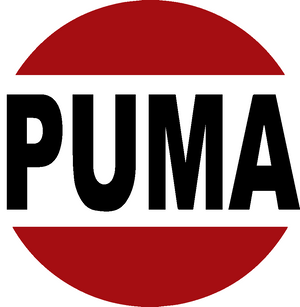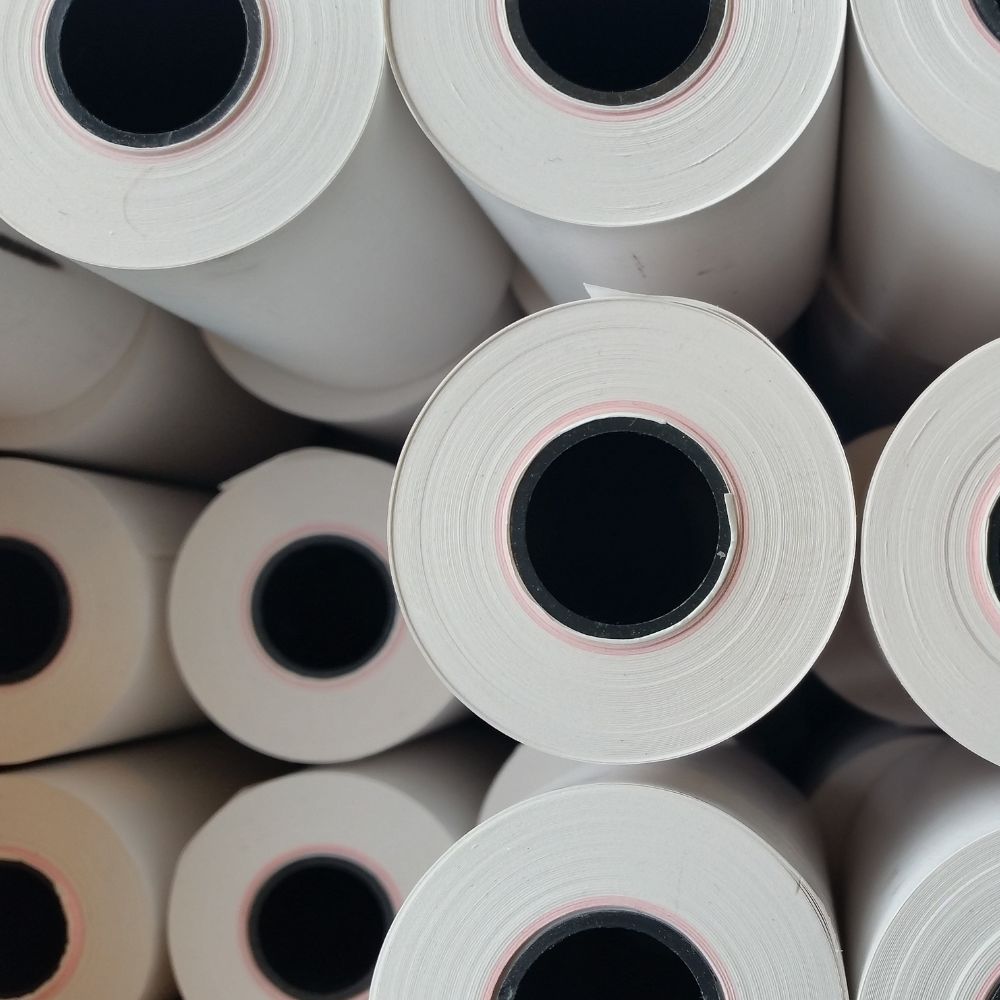
Why is Thermal Paper So Expensive?
Thermal paper is a crucial component in many industries, used extensively in point-of-sale systems, credit card terminals, and other receipt printing devices. However, many businesses and consumers often wonder why thermal paper is so expensive compared to regular paper.
Thermal paper undergoes a unique manufacturing process that sets it apart from standard paper. This process involves coating the paper with a mixture of chemicals that react to heat, creating the printed image without the need for ink.
The process starts with the production of high-quality base paper. This paper needs to be smooth and uniform to ensure consistent coating and printing quality. The raw materials used in this stage must be of high quality, contributing to the overall cost.
Chemical Coating
The base paper is then coated with a layer of chemicals, typically including leuco dyes and developers. These chemicals are responsible for the colour change when exposed to heat. The precision required in applying these coatings is critical, as any inconsistencies can lead to poor print quality.
The raw material costs used in thermal paper are not only specialised but are expensive. The primary chemicals include leuco dyes, and the cost of chemicals can fluctuate based on market conditions, impacting the price of the final product.
After coating, the paper undergoes a finishing process, which may include additional coatings for durability and protection against environmental factors. Rigorous quality control checks ensure that each roll of thermal paper meets strict standards, adding to the cost.
Technological Innovation and Research
The demand for thermal paper has been consistently high due to its widespread use in various industries. Manufacturers of thermal paper invest significantly in research and development to improve the quality and functionality of their products. Innovations such as increased resistance to heat, moisture, and fading are essential for many applications. These advancements help businesses maintain the quality of their printed receipts and other documents, justifying the higher price point.
Supply chain challenges can lead to increased prices as manufacturers and suppliers adjust to maintain profitability with increased desire.
Compliance with environmental regulations is another factor contributing to the cost of thermal paper. The production process must adhere to strict guidelines to minimise environmental impact, such as safe handling and disposal of chemicals, which is expensive. Additionally, some manufacturers are developing eco-friendly thermal papers, which require further investment in research and new production methods.
Higher-quality thermal paper is designed to be more durable and reliable, which is crucial for businesses that require long-lasting prints. The durability of thermal paper affects its ability to withstand environmental conditions such as heat, humidity, and light exposure which attributes its high cost. This is alongside the specialised manufacturing process, the cost of raw materials, investments in technology, compliance with environmental regulations, and market dynamics. While thermal paper is more expensive than regular paper, its benefits make it a valuable investment for many businesses.

